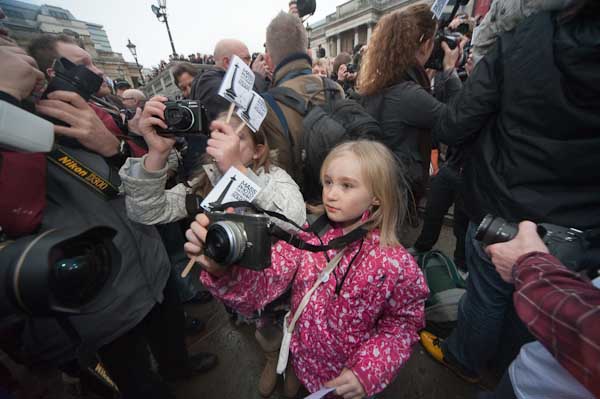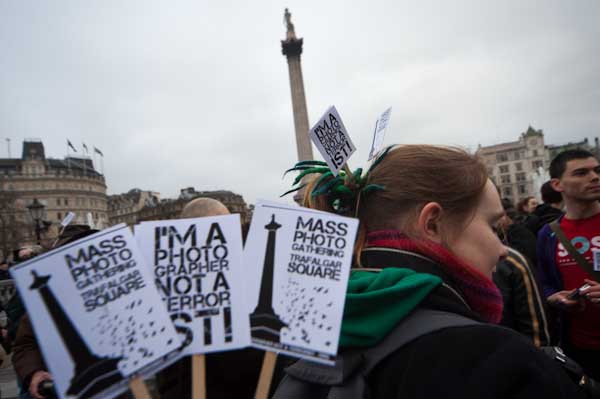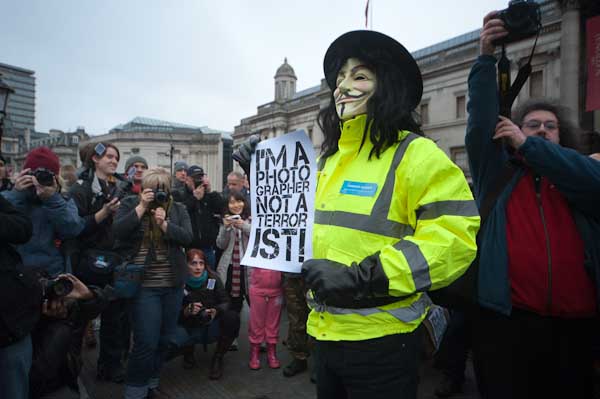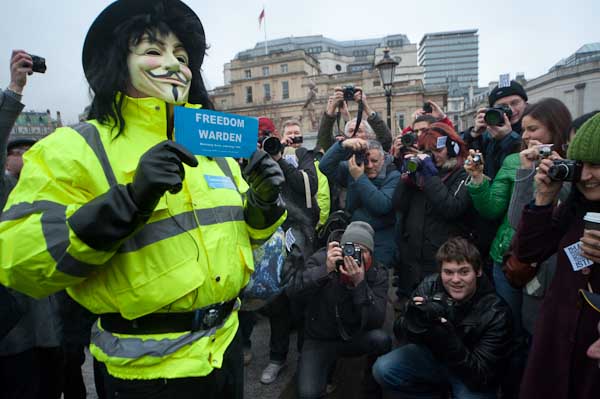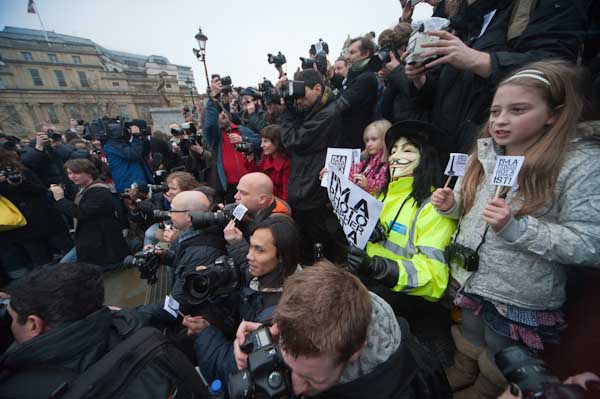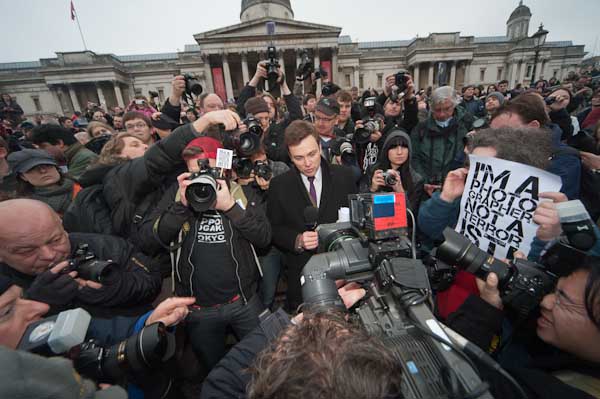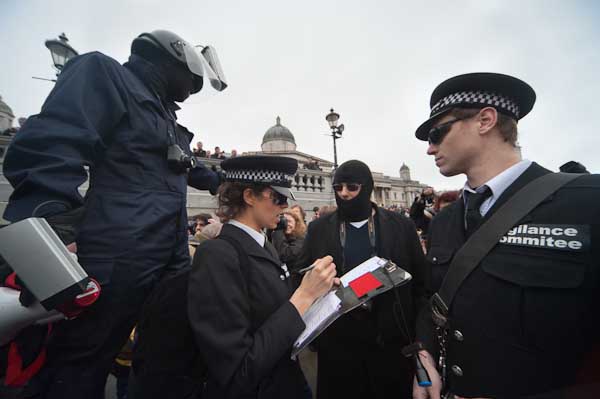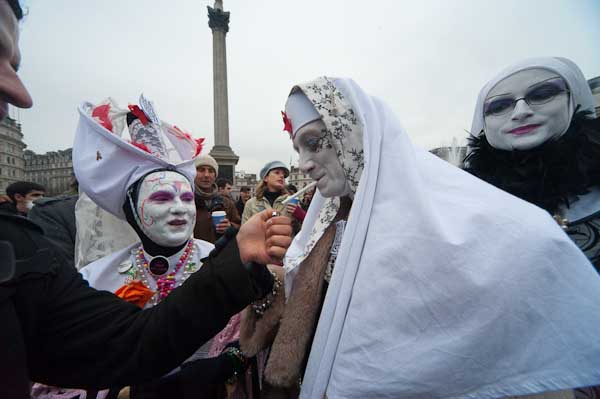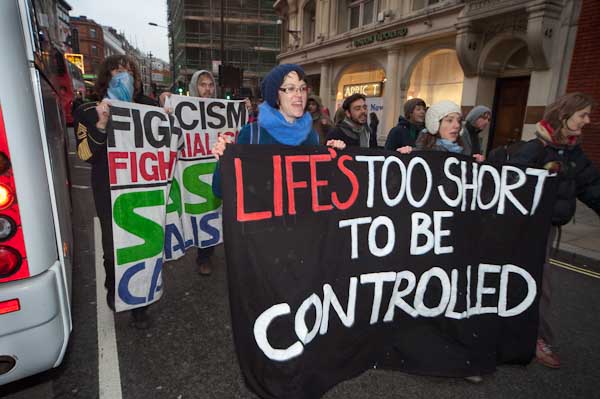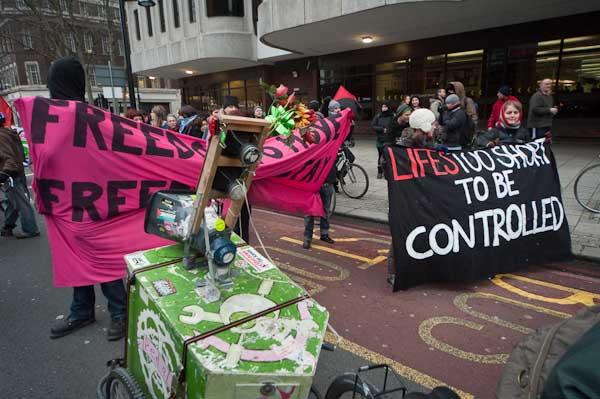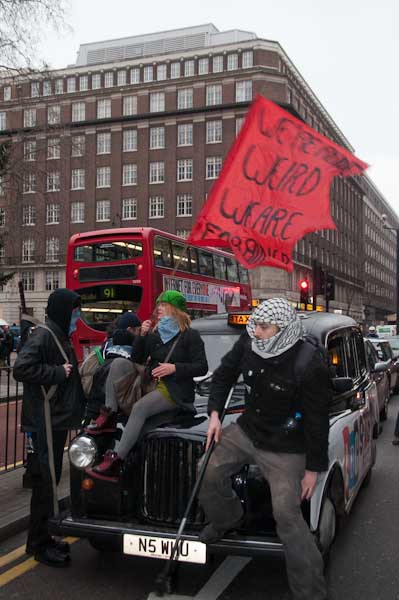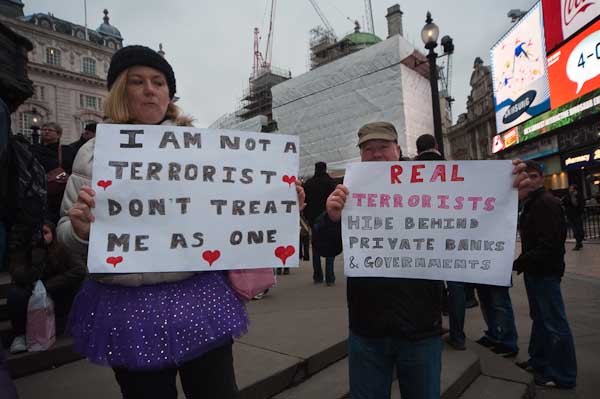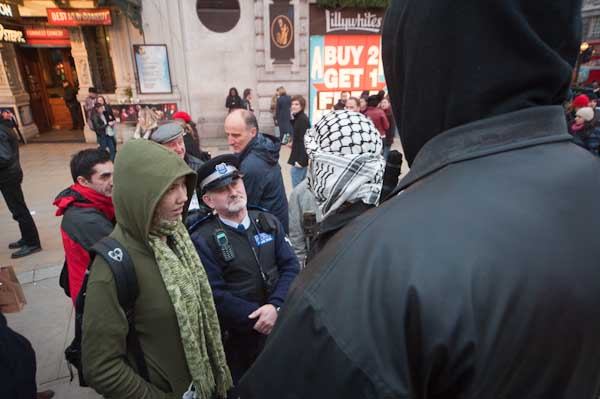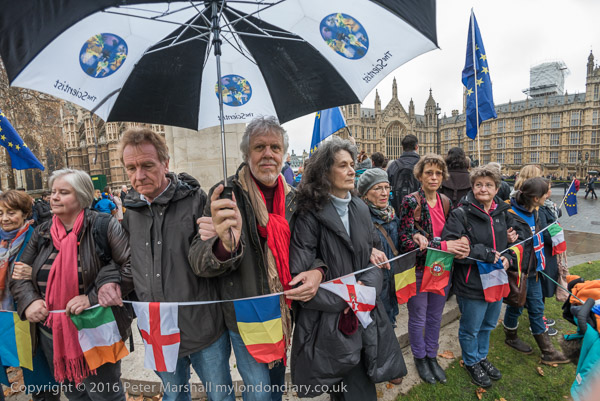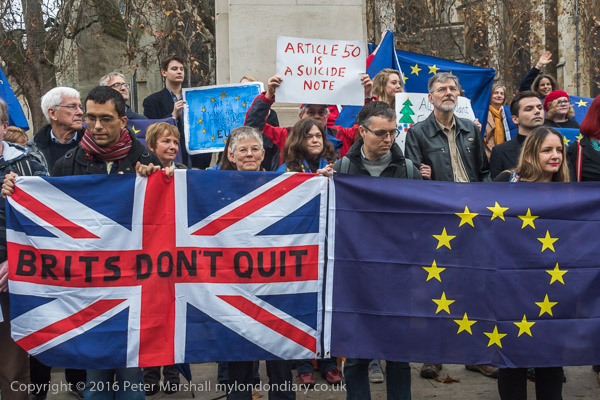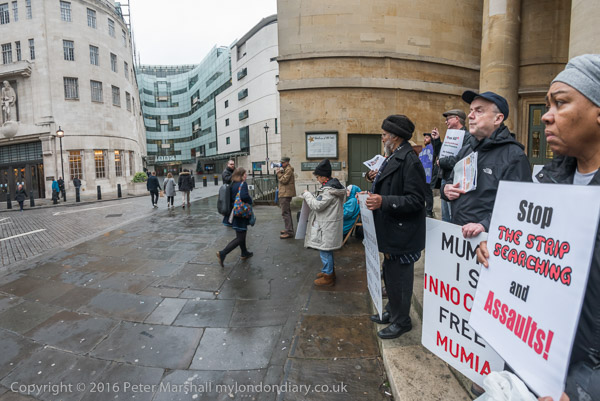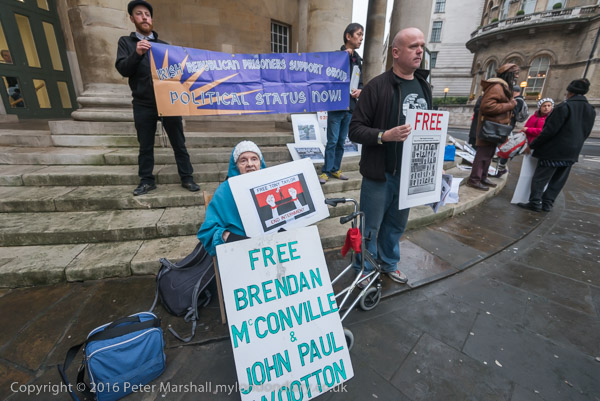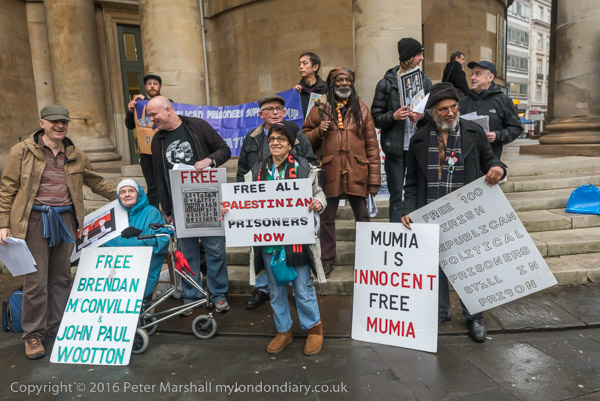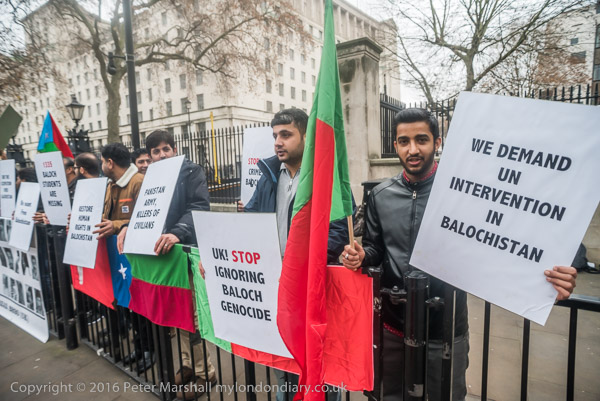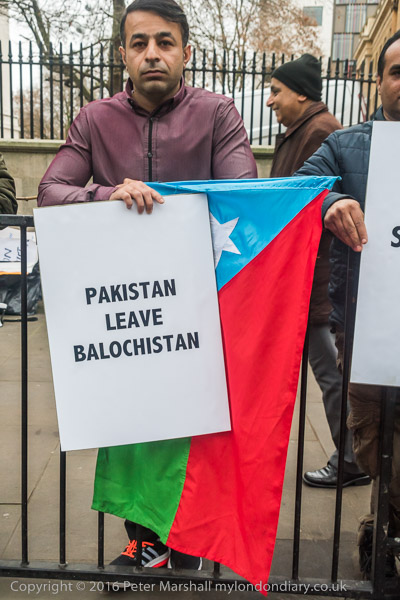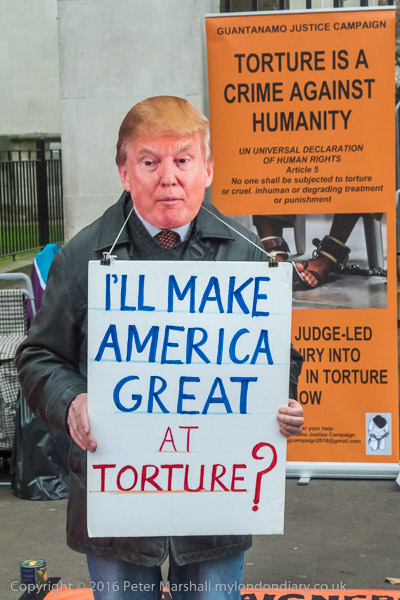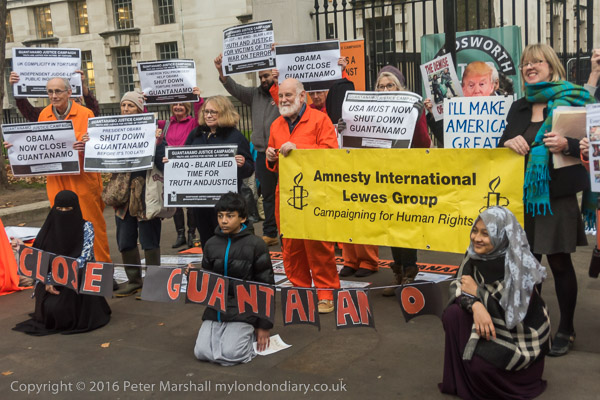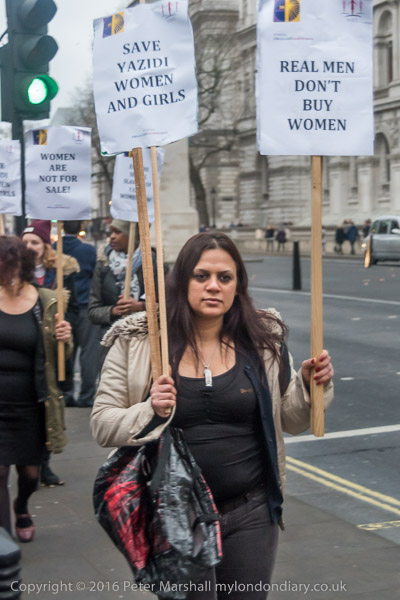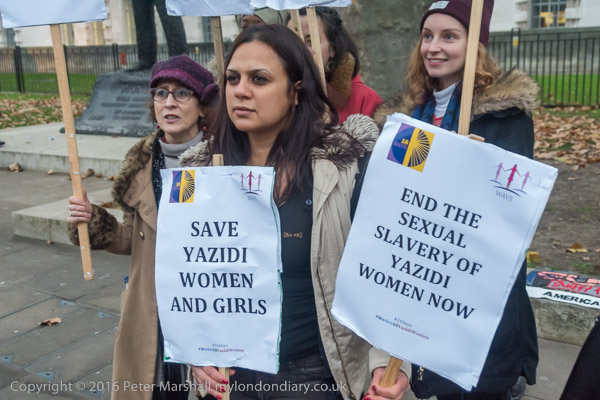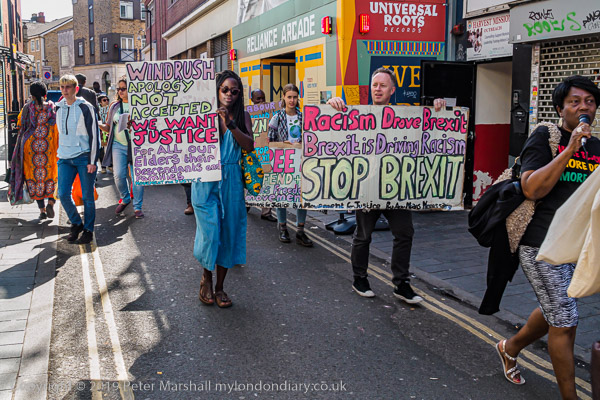Trans Pride & Anti-Racist March in Brixton: Five years ago today on Saturday 14th September I photographed the start of London’s first Trans+ Pride march before taking the tube to Brixton for an anti-racist march and rally.
London’s First Trans+ Pride March
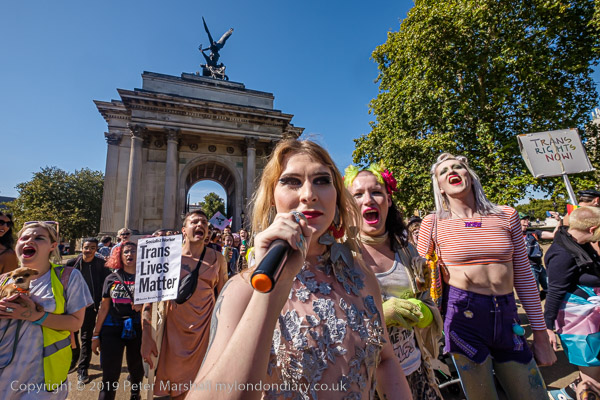
Hundreds met at Hyde Park Corner to march along Oxford Street to Soho Square in London’s first Trans+ Pride March, was both a celebration and protest for trans, non-binary, intersex, and gender non-conforming individuals and their family, friends and allies.
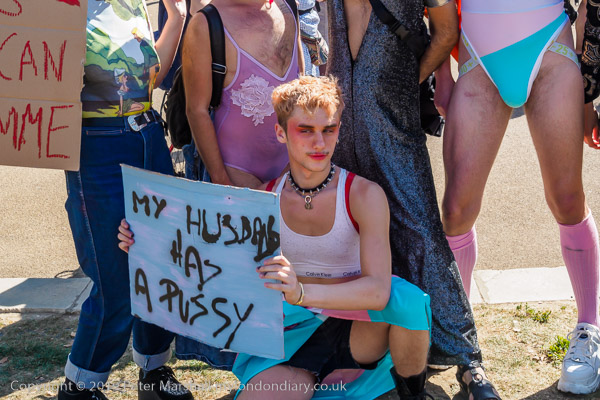
They marched to increase the visibility of the trans+ community and to protest against the continuing discrimination in the UK and around the world against trans people.
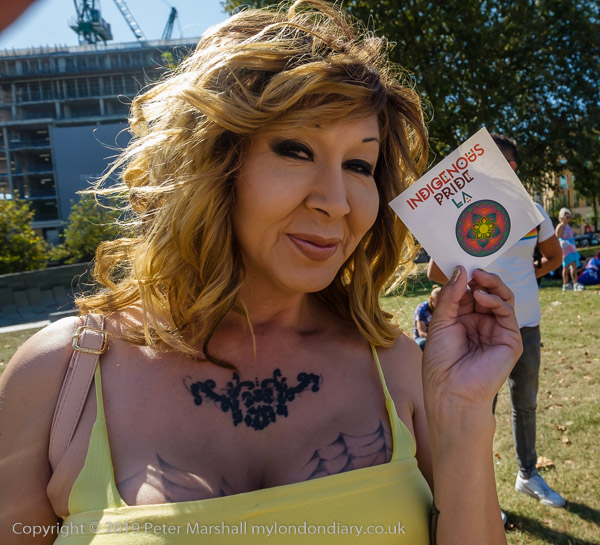
Many carried placards and posters with messages such as ‘Trans Rights Matter‘ and ‘Trans Rights Are Human Rights’.
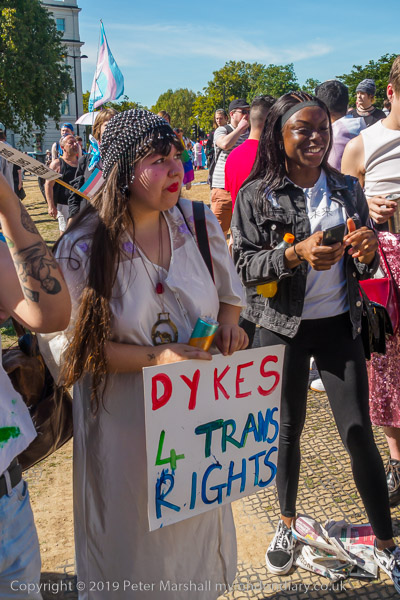
There has been increasing transphobia in British media, with trans people being attacked on the streets, and this has continued to grow since 2019.
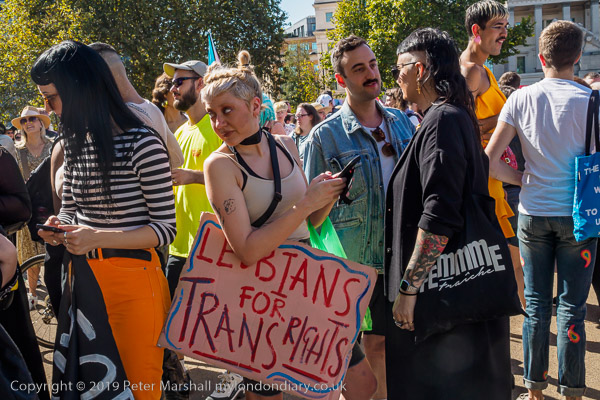
The charity Stop Hate UK reports that in “2020/2021, 2,630 Hate Crimes against transgender people were recorded by the Police, an increase of 16% from the previous year” though they say the actual number of incidents is much greater as 88% of transgender victims of serious incidents did not report them.
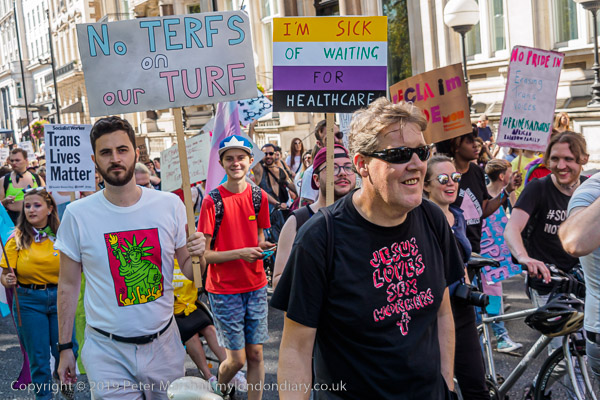
Incidents reported to Stop Hate UK were of “verbal abuse, threatening behaviour, harassment and anti-social behaviour, such as having derogatory terms shouted at them, having invasive or inappropriate questions asked of them or facing harassment from neighbours, co-workers or strangers. “
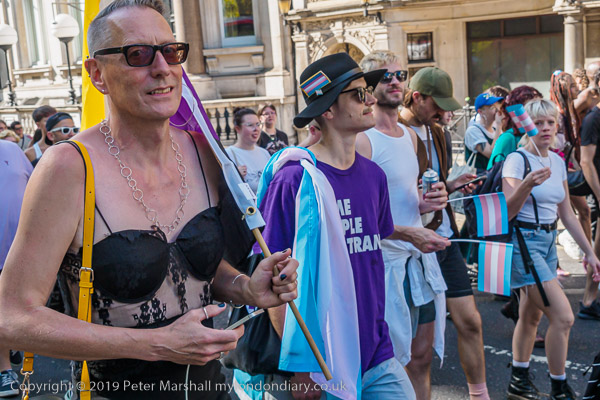
In 2018 Trans Exclusionary Radical Feminists had disrupted the Pride March in London with an anti-Trans protest and there were fears they might try to disrupt this march. There were many feminists supporting trans rights on this march.
More pictures at London’s First Trans+ Pride March.
Brixton anti-racist march
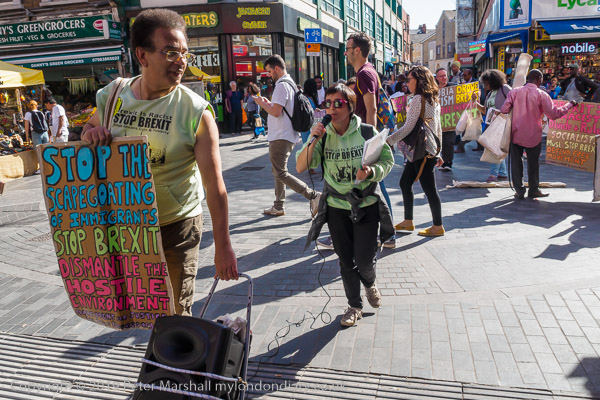
I took the tube from Green Park to Brixton where Movement for Justice and Lambeth Unison Black Workers’ Group were protesting against the continuing persecution of Windrush family members and other migrants.
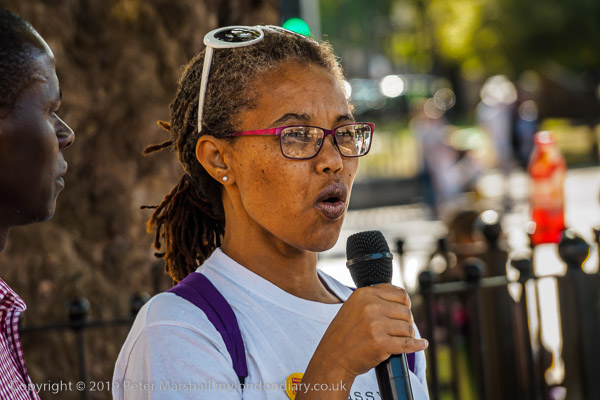
They called for freedom of movement, the closure of immigration detention prisons, and an end to Brexit which is being used to whip up immigrant-bashing and nationalism to establish a Trump-style regime in Britain under Boris Johnson.
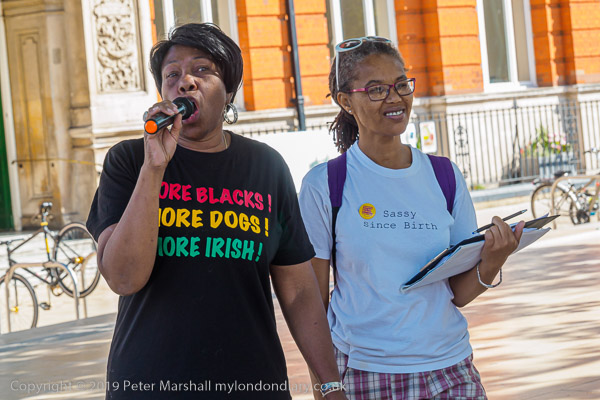
I missed the start of the rally in Windrush Square, but heard several of the speakers including Eulalee who has been fighting the Home Office for 16 years to remain in the UK with her family and was wearing a ‘More Blacks! More Dogs! More Irish‘ t-shirt.
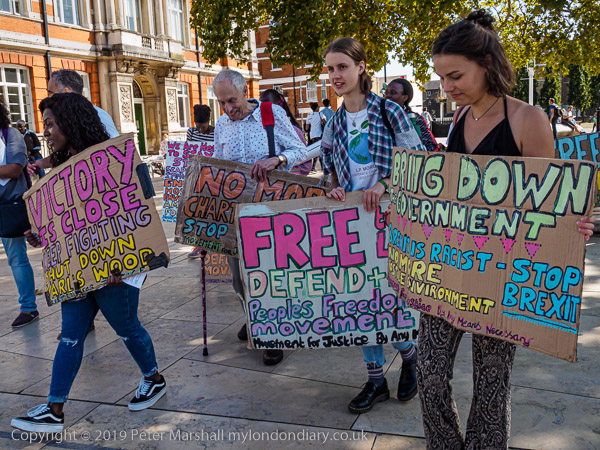
People picked up their posters and marched the short distance to busy Brixton Market.
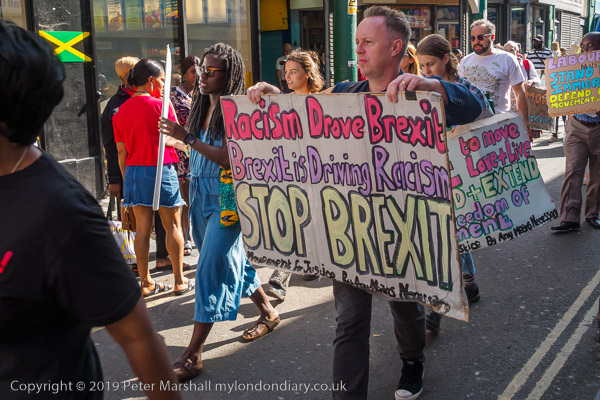
Here they stopped for more speeches, with many shoppers stopping briefly to listen and taking the fliers that were being handed out.
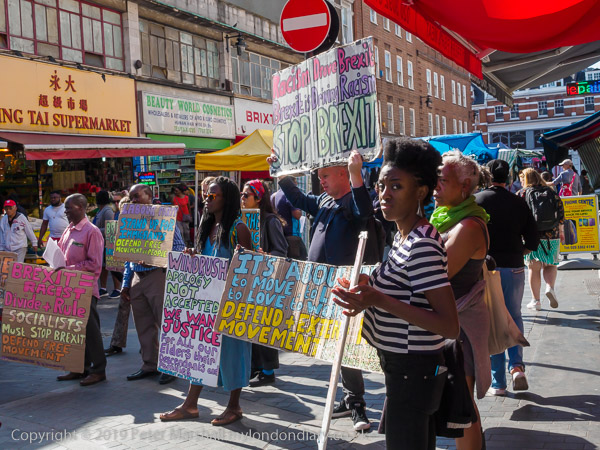
The protest seems to get a very positive reception in the market.
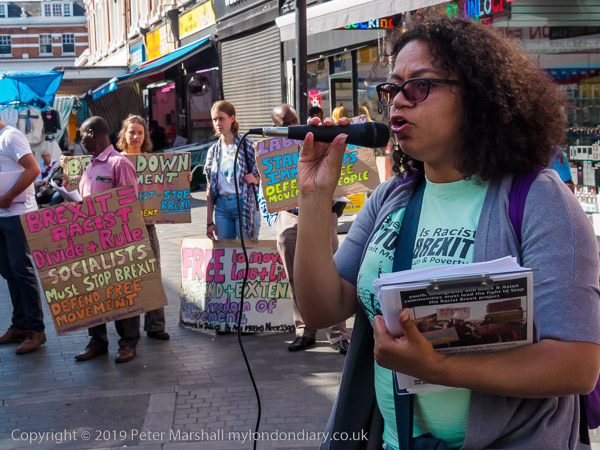
Green MEP for London Scott Ainslie joined the protest to speak about his ‘LDNlovesEU‘ campaign calling for an end to Brexit.
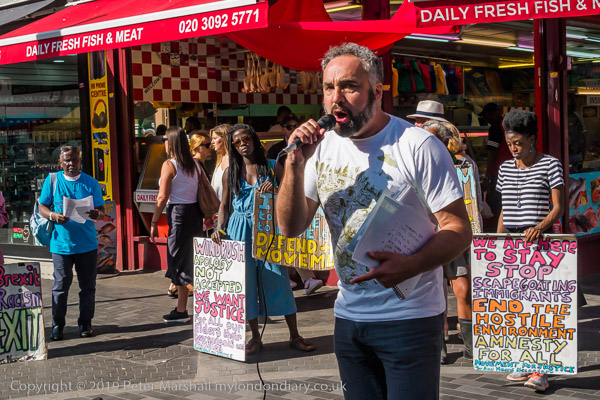
After his speech the protesters picked up their posters and moved on along Electric Avenue,
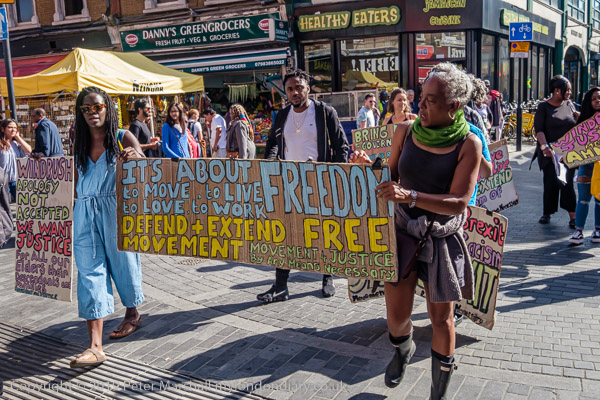
and turned into Atlantic Road,
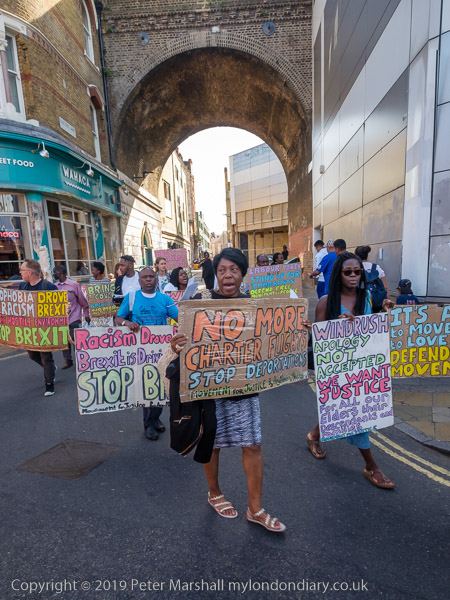
They then marched down Brixton Road back to Windrush Square where the protest ended with some brief speeches and photographs.
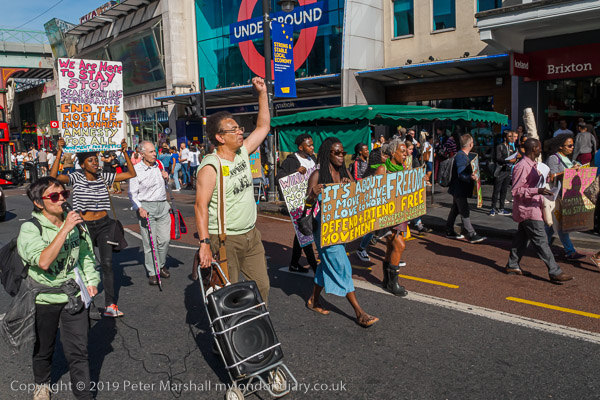
More pictures on My London Diary at Brixton anti-racist march.
Flickr – Facebook – My London Diary – Hull Photos – Lea Valley – Paris
London’s Industrial Heritage – London Photos
All photographs on this page are copyright © Peter Marshall.
Contact me to buy prints or licence to reproduce.
